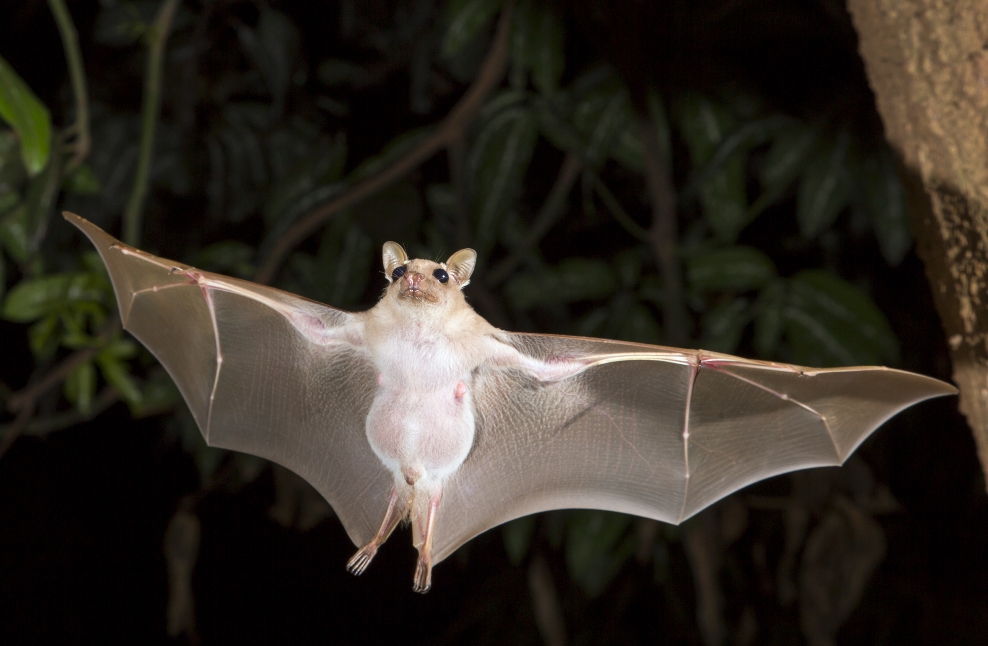
NA NA NA NA NA NA NA NA NA NA NA NA NA NA BAT NIGHT!
This 30-31st of August is International Bat Night. Charities including the Bat Conservation Trust are getting involved, with lots of local walks going on all over the country. You can find out if there are any walks local to you with BCT's bat events calendar.
Bats have a reputation as being a bit spooky, but they are really fascinating creatures - and they need our protection! Here are fifteen interesting facts you might not know:
1. Bats are the only mammals that can properly fly. Some other species can simply glide from tree to tree, but bats have their own amazing aerobatic skills.
2. There are around 5,000 species of mammals in the world... and almost 1,000 of these are just bats!
3. There are two types of bats - megabats, which mainly eat fruit, and microbats, which mainly eat insects (and use echolocation).
4. British bats eat only insects, which they catch at night. They particularly like moths, mosquitoes and other flies. Bats use a lot of energy with all the flying they do, so they have a big appetite for insects - the pipistrelle (the UK's smallest species) can eat up to 3000 insects in one night!
5. Bats are not blind, but they find their way better in the dark by making rapid, high-pitched calls that bounce off objects around them - a kind of 'radar' with sound waves called echolocation. The sound is too high for us to hear, but many organised bat walks will have a 'bat detector' that can convert the sounds to be audible to humans.
6. In winter there aren't many flying insects for bats to feed on, so they hibernate in caves, buildings, and hollow trees, though they might sometimes wake up to feed or move to a different place.
7. In Britain, all bats are protected under the Wildlife and Countryside Act - it is illegal to kill or harm a bat or disturb the places where they sleep.
8. The most common British bat is also the smallest - the Pipistrelle. It is only 4cm long and weighs around 5 grams (less than a £1 coin).
9. Bats don't build nests. They live in trees, caves, roofs or walls to avoid the light. Pipistrelle bats are often found in modern houses, while long-eared bats seem to like older houses with large lofts.
10. Bats are part of an Order which is known as Chiroptera (meaning hand wing). They have been separated from the other insect eaters because of their ability to fly.
11. Most female bats can give birth to only one baby per year. In summer, they live together somewhere warm to have their babies, and stay there until their young can fly.
12. You can make your gardern bat-friendly by planting flowers with strong scents - these attract insects, which will then attract bats. You could also make a pond, put up a bat box and let your garden grow a bit wild. Try not to use any chemicals either!
13. There are lots of places you can watch bats. You can check around street lights, which attract insects, and also ponds and lakes. Bats are most easily seen at sunrise or sunset in the summer, when they are out and about looking for insects.
14. Bats hang upside down when they sleep so that they can easily spread their wings before take-off.
15. Bats don't fall down when they are asleep because the weight of the sleeping bat causes the tendons in their legs to tighten, so that their toes and claws grip round the foothold firmly.